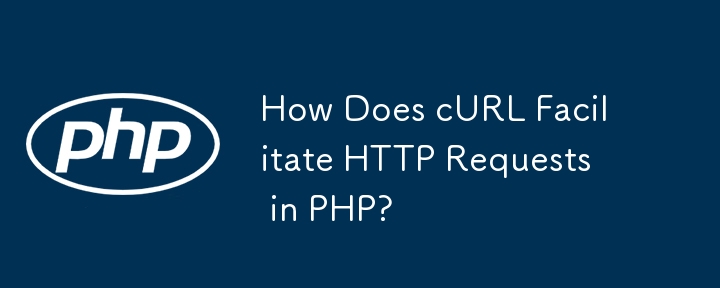

In the realm of PHP development, the term "cURL" frequently emerges. It's a library that allows you to seamlessly make HTTP requests within your PHP projects.
cURL provides an interface to the libcurl library, which is an open-source implementation of the URL transfer protocol (URL). This enables PHP developers to utilize cURL functions to send HTTP requests to remote servers.
To leverage cURL's capabilities, you must first install the libcurl package. PHP requires libcurl version 7.0.2-beta or later, depending on your PHP version. Once installed, you can initialize cURL using:
$ch = curl_init();
Making HTTP requests with cURL involves configuring the request parameters and executing it:
curl_setopt($ch, CURLOPT_URL, 'http://www.example.com/');
curl_setopt($ch, CURLOPT_RETURNTRANSFER, true);
$response = curl_exec($ch);
curl_close($ch);
While cURL offers a more efficient and comprehensive solution for making HTTP requests, PHP also supports requesting URLs directly without cURL by enabling the allow_url_fopen configuration in your php.ini file. This method, however, is less secure and has limited functionality.
The above is the detailed content of How Does cURL Facilitate HTTP Requests in PHP?. For more information, please follow other related articles on the PHP Chinese website!




